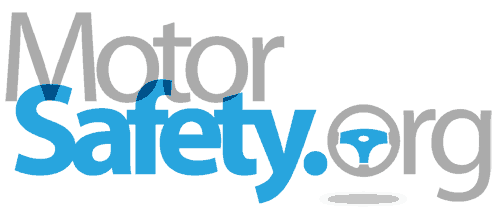Austin, TX – January 4, 2024 – Tesla (NASDAQ:TSLA) has issued a sweeping recall for roughly 40% of the vehicles it has ever sold due to issues with autopilot issues which may up the risk of a crash.
The recall is related to an ongoing U.S. government investigation into Tesla collisions with emergency vehicles and comes on the back of at least two fatalities and multiple injuries.
Over 2 million vehicles – including the majority of 2012 –2023 Tesla Model S cars – as well as all of the following are affected:
- 2017 – 2023 Tesla Model 3
- 2016 – 2023 Tesla Model X
- 2020 – 2023 Tesla Model Y
Recall summary
The listed vehicles are equipped with an autopilot package which includes “steering, braking and acceleration support,” as well as cruise control available under certain circumstances. When autopilot is engaged, the driver is still required to be in control of the vehicle, maintaining his hands on the steering wheel, “remaining attentive to surrounding road conditions, and intervening…as needed to maintain safe operation.”
In the affected vehicles, the methods used to ensure driver’s attention are not sufficient, allowing the car to drive on autopilot without appropriate human supervision.
Recall risks
If the driver is not ready to take over in an emergency situation, the car could crash into other vehicles or pedestrians, augmenting the risk of injury.
Background of the recall
This recall is related to an ongoing National Highway Traffic Safety Administration (NHTSA) investigation related to crashes between autopilot-enabled Tesla cars and emergency vehicles on the side of the road. The autopilot defect has so far resulted in at least two fatal accidents and multiple injuries. One of the most recent collisions occurred in February of last year in California when a Tesla hit a Contra Costa County fire truck, killing the driver of the car and “critically injuring [the] passenger.”
Other Tesla recalls
Some of these cars may have also been affected by a Tesla recall from February 2023, which was the result of the same investigation.
The repair
Some of the affected vehicles should have already received an over-the-air (OTA) update which, “depending on the vehicle hardware,” should have included additional “visual alerts” and “additional checks upon engaging [autopilot].” If the driver still fails to stay in control of the vehicle, access to autopilot may eventually be suspended.
The rest of the cars should receive a separate OTA at a later date.
Owners should receive letters with more information by February 10, 2024.
Is your vehicle a part of this recall?
This vast Tesla autopilot recall affects more than 2 million cars. To do a Tesla recall check and see if yours is one of them, please use MotorSafety’s free vehicle lookup tool.
